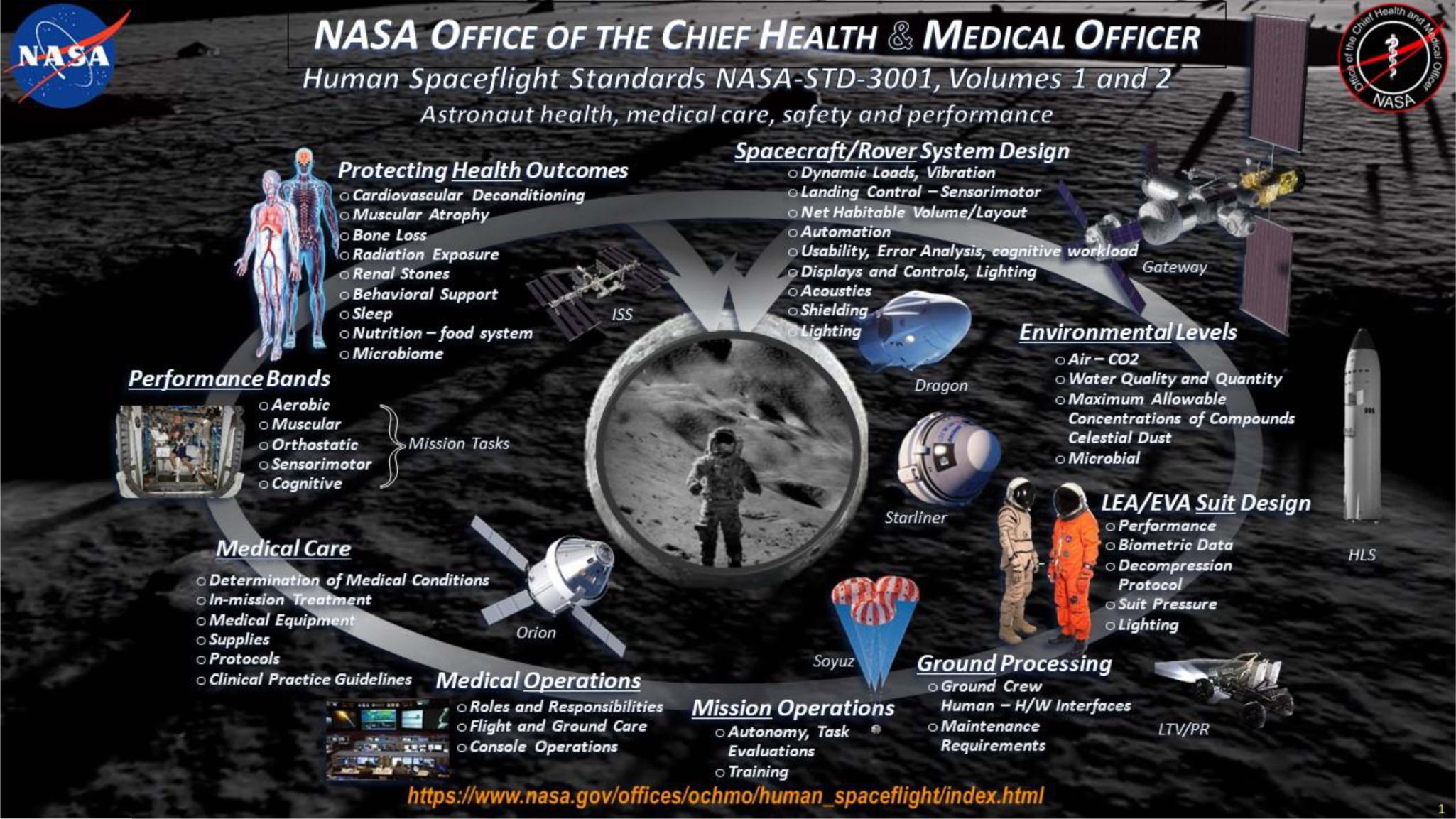Safety Protocols in Human Spaceflight Missions
The recent return of NASA astronauts Sunita Williams and Barry Wilmore marks the critical importance of safety protocols in human spaceflight. Their nine-month mission on the International Space Station (ISS) was a testament to rigorous safety measures. The Indian Space Research Organisation (ISRO) is now implementing similar protocols for its Gaganyaan mission. This initiative draws lessons from past incidents and current research to ensure astronaut safety.
Phases of Human Spaceflight
Human spaceflight consists of three main phases – launch, orbit, and reentry. Each phase requires specific safety protocols to protect astronauts.
Safety During Launch
Safety begins on the launchpad. Historical tragedies, like the Apollo-1 fire in 1967, have prompted the implementation of emergency measures. ISRO has equipped its launch pad with ziplines and fireproof lifts. During the launch, an emergency exit device is crucial. The human-rated launch vehicle includes a tower-like structure that allows the crew module to detach quickly in emergencies. The Crew Escape System is vital. It has two motors – the Low-altitude Escape Motor (LEM) and the High-altitude Escape Motor (HEM). These motors activate based on altitude during emergencies. In a pad abort, both motors work together to ensure rapid evacuation. Historical examples, such as the Soyuz T-10 incident and Blue Origin’s NS-23 mission, demonstrate the effectiveness of these systems.
Safety in Orbit
ISRO’s Gaganyaan crew capsule consists of two modules – the crew module and the service module. The service module carries essential systems while the crew module serves as living quarters. In an emergency, the propulsion system can launch the crew module onto a sub-orbital trajectory. Although Gaganyaan won’t dock with a space station, crew members will be trained in docking procedures. The capsule can act as a lifeboat in emergencies, similar to NASA’s protocol during Williams and Wilmore’s mission. The ISS has designated safe areas for occupants to escape dangers like fires or radiation.
Safety During Reentry
Reentry is the most complex phase of spaceflight. The crew module must control its descent to land safely. Thrusters are fired to manage speed and trajectory. The capsule’s heat shield endures extreme temperatures during reentry. As it descends, a sophisticated parachute system is employed. The Gaganyaan capsule will use a 10-parachute system to slow its descent. The deployment sequence is crucial for a safe landing. The parachutes release at specific altitudes, ensuring a controlled descent to the designated splashdown area.
Future of Human Spaceflight Safety
The advancements in safety protocols reflect a growing understanding of the risks involved in human spaceflight. As agencies like NASA and ISRO continue to innovate, the safety of astronauts remains a paramount concern. The lessons learned from past missions will shape the future of human space exploration.
Month: Current Affairs - April, 2025
Category: Science & Technology Current Affairs







